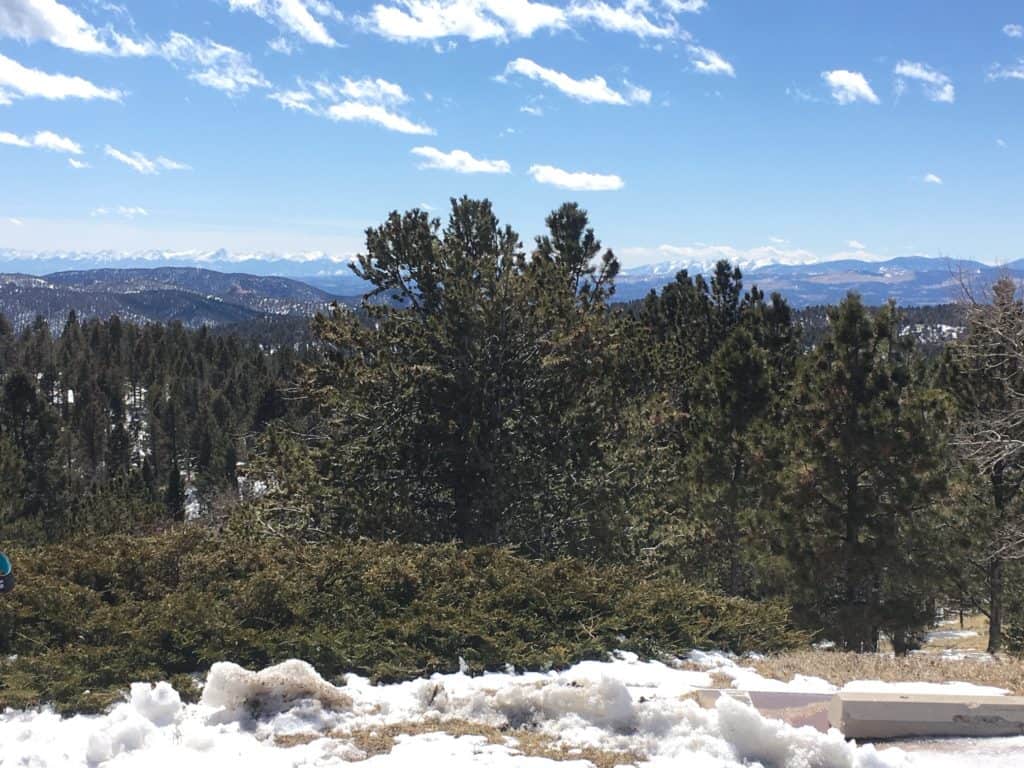
It’s hard to pick apart. There have been a variety of stories about why the National Parks should all be closed. Basically the story seems to be that the Interior Secretary should close them all, whereas the current policy appears to be decided locally (with some exceptions: for example, Rocky Mountain was closed early based on local concerns, Grand Canyon just a few days ago, despite the Secretary having been asked earlier).
Bill Gabbert in Wildfire Today had an explanation for why they should be closed:
Most of the NPS visitor centers are closed, but parks that are still open while entrance fees are suspended can still attract visitors to trails and viewpoints. Unless a park is physically closed by gates, park law enforcement officers still have to patrol in order to avoid the mayhem that occurred when employees were prevented from working during the government shutdown last year.
There has been much pushback to making Parks free during this time, but it does seem that would limit contact (not collecting fees). I would tend to think that some parks tend to have visitor problems and others not. I haven’t seen a report (yet, though it may be out there) of a park by park estimate of damage due to the government shutdown. As I said then, we have millions of acres of federal lands without regular law enforcement patrols on trails -FS and BLM- and I still wonder what it is about people who go to which National Parks and why they behave badly. With appropriate social science studies at the time, we might have learned more about this.
Outside Magazine ran this piece (which adheres to the same thinking as during the government shutdown):
Writing about all of this now is eerily reminiscent of writing about the shutdown’s impact on national parks last year. Then, we had reports of overcrowding and damage, followed by calls from various lawmakers and conservation organizations for a total closure. And then people started dying. Now, we have reports of social distancing measures not being followed, confusion over which services may or may not be available, and everyone from staff within the parks to lawmakers calling for a closure. At least people haven’t started dying in the parks, yet.
I’m not confused over whether services might be available.. I just look on the Park or Monument’s website. Again, are people who go to Parks less able to use the internet?
They argue that all should be closed for the safety of employees and gateway communities. And many, but not all, are closed. And many are big “destination” parks or monuments, but many are not. And some are close to communities. Two examples in Colorado are Florissant Fossil Beds and Colorado National Monument. So we might think it’s OK for locals to walk around (as long as they obey distancing guidelines) but not those from afar. But how far afar? And how would that be enforced?
Here’s what Florissant Fossil Beds says..
Give Some Space to Keep Safe
The trails at Florissant Fossil Beds are currently open. The park continues to monitor the COVID-19 situation and maintains high standards related to the health and wellness of staff and visitors. There is a pit toilet located in the visitor center parking lot which is currently the only restroom facility. It is being cleaned once a day M – F.
There’s the crowding concern (people not keeping their distance), the toilet concern (someone, employee or contractor, is cleaning them; people are going into them) and the travel concern. I think the idea is that people shouldn’t be traveling certain distances for fear of spreading or acquiring the virus at gas stations, bathrooms or other sites they otherwise wouldn’t go to. But suppose you have an electric car and don’t use inside toilets? Here’s a thought piece in High Country News about the ethics of getting outside.
Meanwhile, our Colorado State Parks are open:
Park visitor centers and CPW Area Offices also remain closed to the public at this time.
All Colorado State Parks non-campground outdoor areas of parks, including trails, boat ramps, marinas and shorelines remain open.
Please use cpwshop.com or the park’s self-service stations to purchase passes for day use.Restrooms remain open and are regularly cleaned at this time.
Please bring your own hand sanitizer. There may be no running water available.
Are Colorado State employees calling for park shutdowns, but it’s not being reported?
Are people visiting Colorado’s state parks more well-behaved than people who go to National Parks?
Is the worry employees cleaning toilets, visitors exchanging germs in toilets, employees doing law enforcement, people behaving badly vis a vis social distancing or ?. Most FS trails where I am are not crowded and don’t have toilets, so it seems reasonable to keep them open. Of course, there is the pragmatic problem of how you would “close” a Forest and whether sending people out to enforce it is more unhealthy for employees than letting visitors infect each other. There are certainly many considerations that managers have not had the opportunity to consider before, many unknowns, and I for one would feel uncomfortable second-guessing local folks making the decisions.